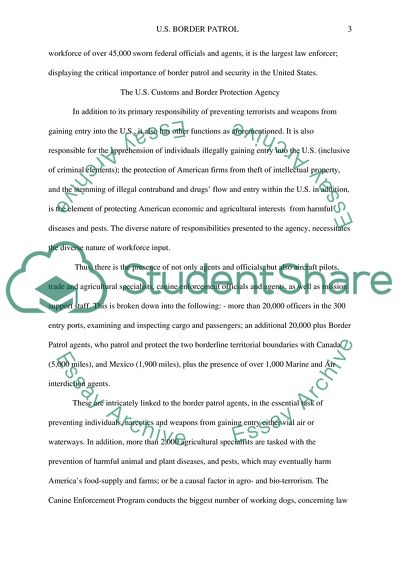Cite this document
(U.S. Border Patrol Research Paper Example | Topics and Well Written Essays - 2500 words, n.d.)
U.S. Border Patrol Research Paper Example | Topics and Well Written Essays - 2500 words. Retrieved from https://studentshare.org/politics/1822315-us-border-patrol
U.S. Border Patrol Research Paper Example | Topics and Well Written Essays - 2500 words. Retrieved from https://studentshare.org/politics/1822315-us-border-patrol
(U.S. Border Patrol Research Paper Example | Topics and Well Written Essays - 2500 Words)
U.S. Border Patrol Research Paper Example | Topics and Well Written Essays - 2500 Words. https://studentshare.org/politics/1822315-us-border-patrol.
U.S. Border Patrol Research Paper Example | Topics and Well Written Essays - 2500 Words. https://studentshare.org/politics/1822315-us-border-patrol.
“U.S. Border Patrol Research Paper Example | Topics and Well Written Essays - 2500 Words”, n.d. https://studentshare.org/politics/1822315-us-border-patrol.


